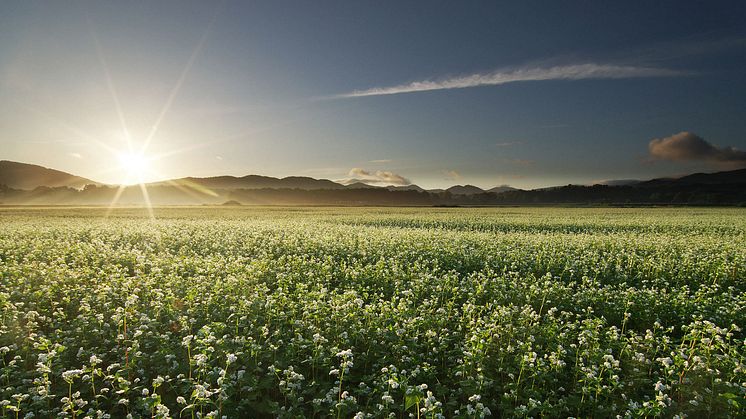
News -
Hokkaido’s Warmer Months: Fire, Flavor, and the Spirit of Summer
Hokkaido, Japan’s northernmost island, offers a refreshing escape from the sweltering heat that blankets much of the country during summer. While cities like Tokyo and Osaka simmer under high humidity and soaring temperatures, Hokkaido enjoys a milder climate, with crisp evenings and cool breezes that make outdoor exploration a pleasure rather than a chore. But it’s not just the weather that sets this region apart. During the warmer months, Hokkaido reveals a different kind of magic—one shaped by fire-lit festivals, seafood feasts, and traditions that come alive. As we will show in this article, summer in Hokkaido is much more than hikes and scenic drives.
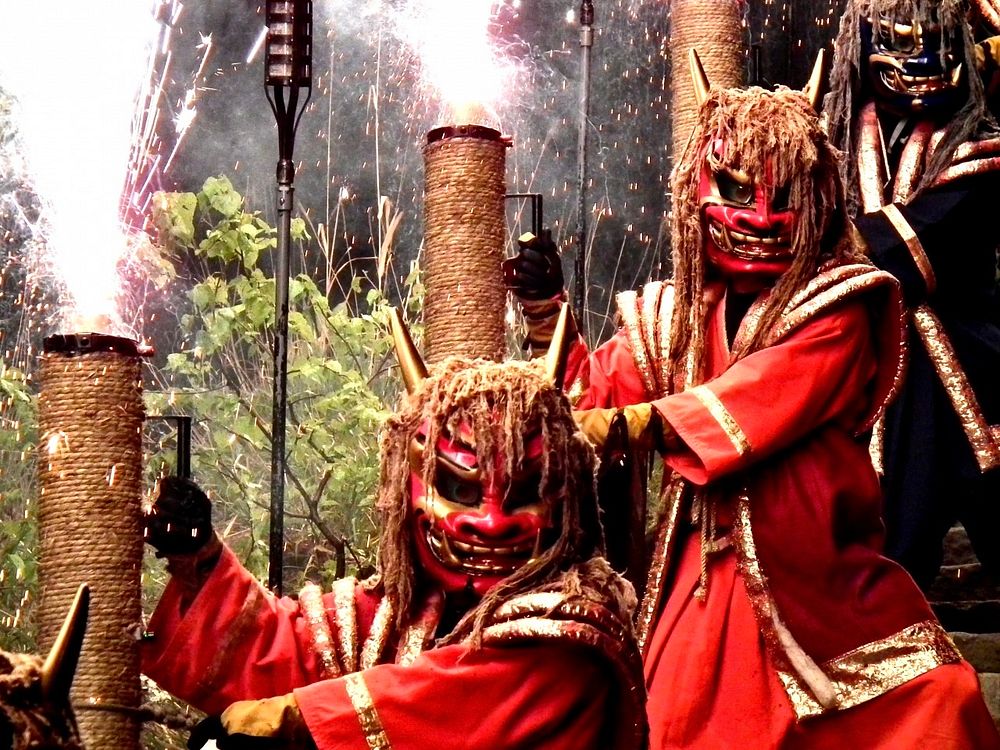
We begin our summer adventure in Noboribetsu, located about a one and a half hour drive from the capital Sapporo. The town is known first and foremost for its hot springs, with a large number of resorts dotting its dramatic terroin. At the heart of this geothermal wonderland lies Jigokudani, or “Hell Valley,” where steam rises from the earth and the rocks glow with mineral-rich heat. Every year, during the end of August, the valley becomes the stage for the Noboribetsu Jigoku Matsuri (literally Noboribetsu Hell Festival), a demon-themed ritual in honor of the guardian deity Yukijin. Towering handheld fireworks shoot up to eight meters into the sky, mimicking volcanic eruptions and casting a surreal glow over the valley. The event is more than am instragram-worthy visual feast—it’s a prayer for happiness and protection, rooted in local folklore and embraced by generations.
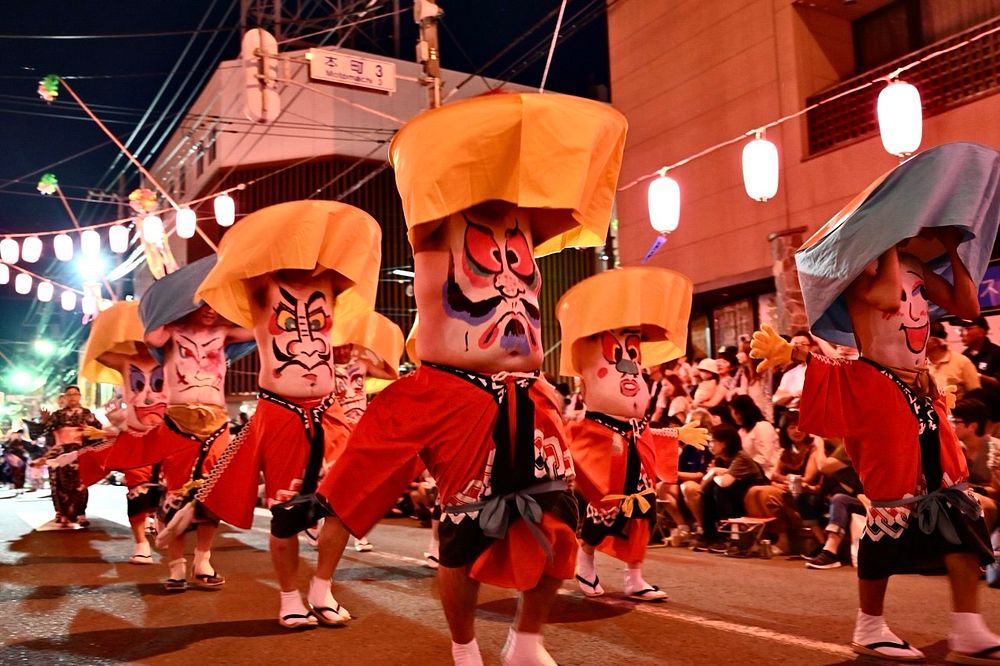
From the fiery to the festive, Furano in central Hokkaido offers a very different kind of event. Known for its lavender fields and rolling hills, the town also hosts the Heso Matsuri, or Belly Button Festival, at the end of July every year. The festival takes its name from a nearby shrine with the same name, while being an ode to Furano’s central geographical location as the “belly button” of Hokkaido. During the festivals, about 4,000 local participants paint faces on their stomachs—called zubara—and dance through the streets in a celebration that’s as whimsical as it is heartfelt. Of course, the belly button serves as the mouth, with each zubara being unique in style. Visitors can even take part in the fun, painting their own stomachs and temporarily joining in on the processions.
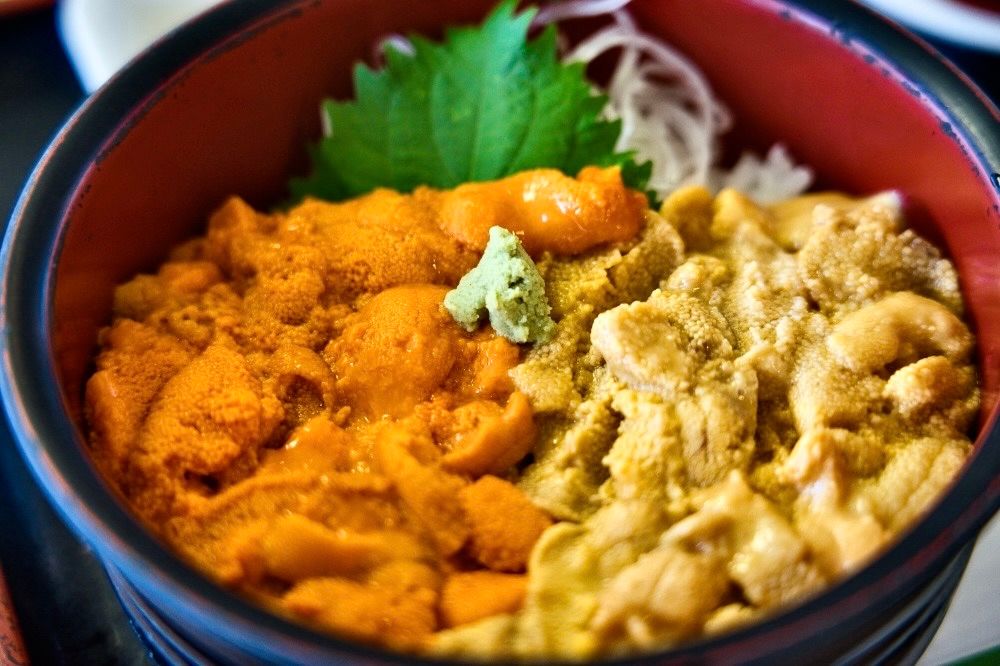
Of course, no journey through Hokkaido is complete without indulging in its legendary seafood. The island’s markets are a treasure trove for gourmands, especially in summer when the uni (sea urchin) season peaks. Hokkaido’s has the largest uni catch in Japan, and in summer visitors can enjoy freshly cought uni at very reasonable prices. In Hokkaido, the two main types of sea urchin are Ezo Bafun Uni and Kita Murasaki Uni. Ezo Bafun Uni is considered the highest grade and can only be harvested in Hokkaido. It’s known for its dense, sweet flavor. Kita Murasaki Uni, on the other hand, has a creamier texture and larger size, and is generally more affordable than Ezo Bafun Uni. One great local spot to try uni is Shakotan, located to the west of Sapporo. The locally cought uni rarely gets exported beyond the region, making the trip a worthwhile journey if you want to indulge in a true sea-to-table setting.
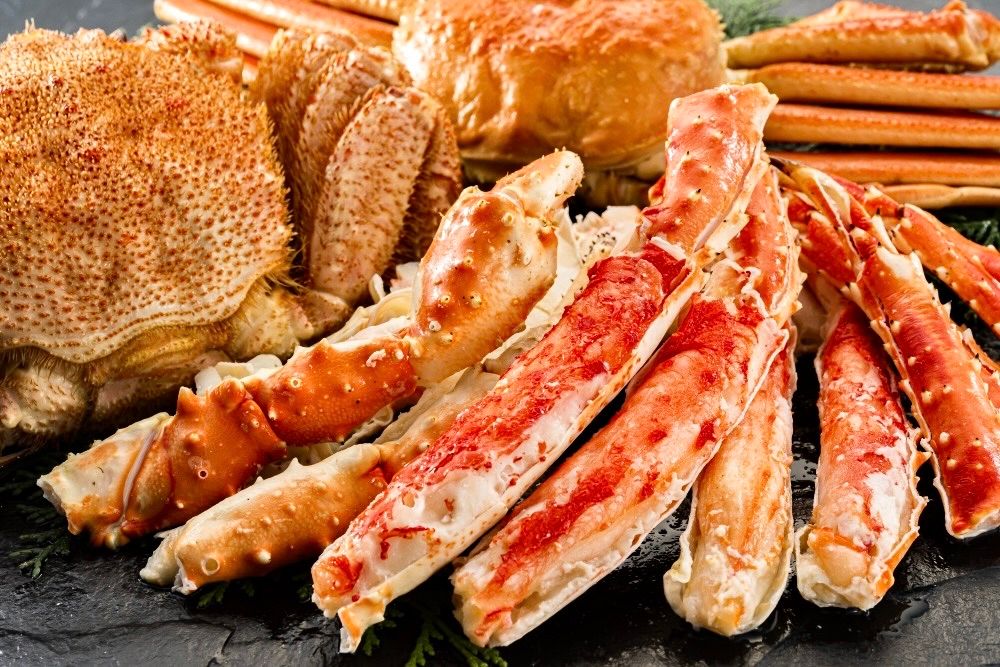
Speaking of crab, Hokkaido is also the kingdom of kani, with varieties like Tarabagani (king crab) and Kegani (horsehair crab) available year-round. The former generally fetches the highest prices and is known for its size, with its legs being especially bountiful. The latter, with its fine fibers and sweet meat, is also known for its flavorful crab miso. Whether boiled, grilled, or served raw, crab in Hokkaido is a delicacy that speaks of the sea’s bounty and the island’s culinary pride.

Beyond food and festivals, Hokkaido’s summer also invites travelers to explore its cultural roots. Those are closely interwides with the region’s indigenous people, the Ainu. Possessing a distinct culture and language, the Ainu are deeply rooted in Hokkaido, with a sprititual worldview that holds all elements of nature to be inhabited by spirits. Near the southern coastline, the Nibutani Ainu Museum and Upopoy National Ainu Museum and Park offer deeper insights into the Ainu’s spiritual connection to nature, expressed through wood carvings, textiles, and ceremonial performances.
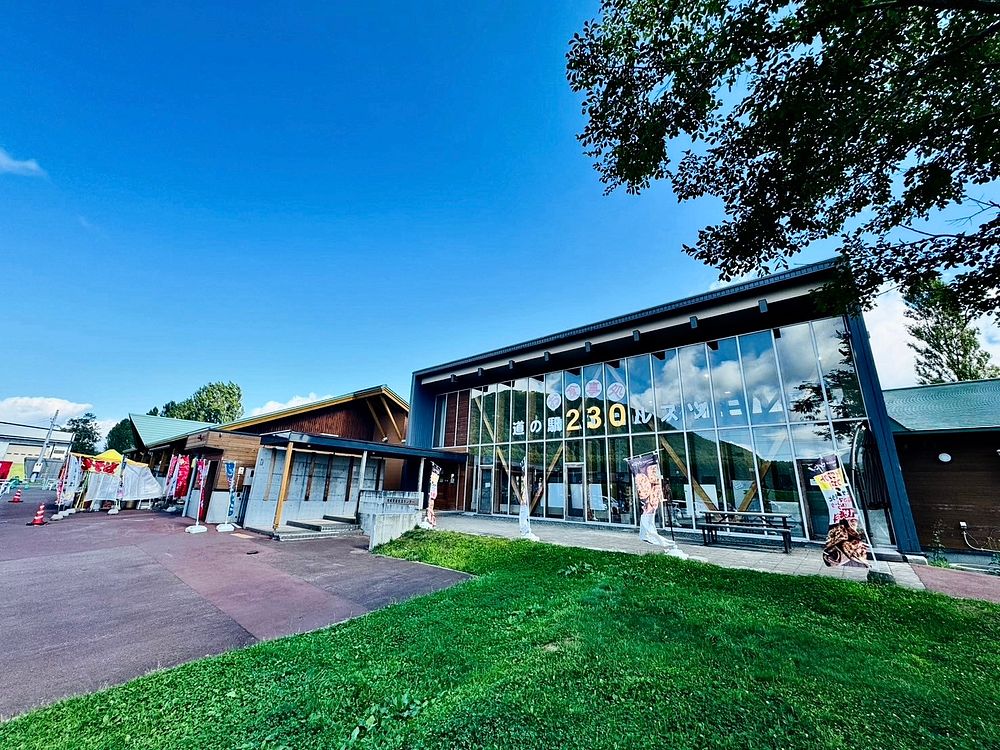
As a final note, many of the spots showcased in this article are best accessible by car and in Hokkaido, the journey is very much part of the experience. One unique experience while on the road is exploring Hokkaido’s Michi-no-Eki roadside stations, These are more than just pit stops—they’re windows into local life. Stations such as Okushiri’s Akkeshi Gourmet Terminal CONCHIGLIE and Rusutus’s Roadside Station 230 serve up fresh regional specialities and a cavalcade of tasty souvenirs. These spots are perfect for travelers seeking a taste of Hokkaido’s terroir, often surrounded by stunning views of farmland, coastlines, or mountains.
Whether you’re watching fireworks light up a volcanic valley, savoring uni fresh from the sea, or sharing a laugh with locals at a belly button parade, Hokkaido’s summer offers something rare: a sense of wonder that lingers long after the journey ends.






